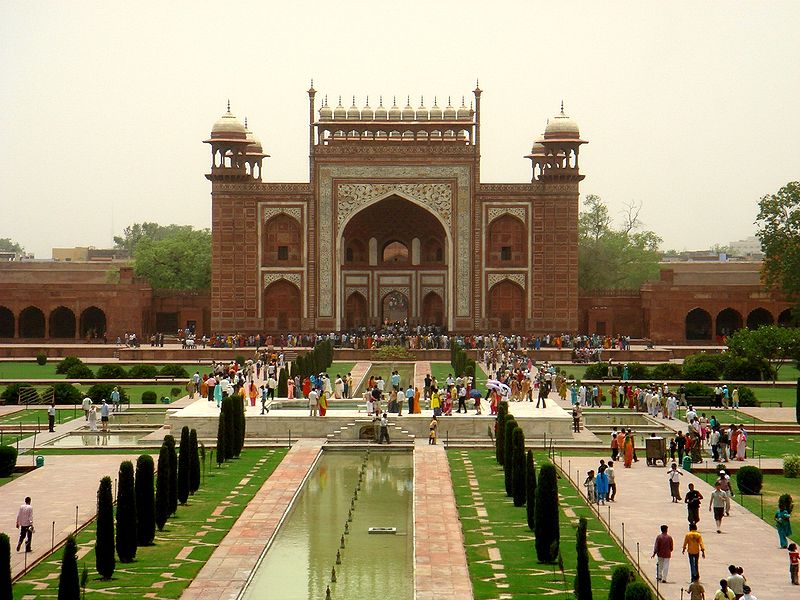Jallianwala Bagh Memorial
Years of colonial rule in India, especially the British Raj has left the country with wounds and scars so deep that even today, 65 years after India gained independence, the echoes of the cries of pain are still resonant to the ears and throughout the country, images of martyrs, freedom fighters and thousands of innocents killed can become alive due to the countless memorials and monuments in different corners of the country.
During your visit to Amritsar, you will have the chance to visit the Jallianwala Bagh Memorial, the name of which is sufficient to send shivers down one's spine. Indeed, the Jallianwala Bagh Memorial located only a few meters from the Golden Temple is symbolic of the cruelty that man has ever perpetuated on his fellow man.
 |
| The Jallianwala bagh Memorial |
Since 1857 and continuing till the post first world war period, protest and mass gatherings were common in different places in India. With Bengal and Punjab remaining sources of anti-colonial activities, believed and prepared for the worst.
On Sunday, April 13 1919, Baisakhi, which happens to be one of Punjab's greatest festivals, was being celebrated. Baisakhi is essentially a Sikh festival as it is not only the festival of the annual harvest but it is also the day commemorating the day when the Khalsa Panth (a kind of baptism for the Sikhs) was founded by the 10th Guru. On that day, thousands of not only Sikhs, but Hindus and Muslims as well had gathered in the Jallianwala Garden for the celebrations.
On that fateful day, comanded by Brigadier-General Reginald Dyer, fifty British Indian soldiers marched to a raised bank at the garden and began shooting at the unarmed gathering of men, women and children. Dyer had also brought two armoured cars, armed with machine guns. However, the cars were stationed outside the main gate as they were too big to enter the garden through the narrow entrances.
 |
| Reginald Dyer |
The Jallianwala Bagh was bounded on all sides by houses and narrow entrances and the only wide entrance was guarded by the troops. The shooting continued until almost all ammunitions were exhausted. Apart from deaths from the direct shootings, many other lives were lost in stampedes at the narrow gates and people jumped into the solitary well on the compound to escape the shootings.
 |
| Bullets marks on the walls in Jallianwala Bagh |
 |
| The well in Jallianwala Bagh |
The afternath
The number of deaths caused by the shooting is disputed. While British official figures amount to 379 persons and 1000 wounded, given the size of the crowd which had gathered on that day and based on eye-witnesses and an inquiry by the Indian National Congress, it is estimated that approximately 1000 persons were killed and 1500, wounded.
Following the Jallianwala Bagh massacre, Tagore, one of India's prominent thinkers renounced his knighthood in protest of the massacre. Find, on the following link, his letter of renouncing the knighthood:
As for Reginald Dyer, appearing before the unter Comission, he said that he had gone to the garden with the deliberate intention of opening fire if he found a crowd gathered there. "I think it quite possible that I could have dispersed the crowd without firing but they would have come back again and laughed, and I would have made, what i consider, a fool of myself." Dyer said. He further said he did not stop shooting when the crowd began to disperse but he considered it his duty to keep on shooting till the crowd completely dispersed.
Cameroon's visit to the Jallianwala Bagh Memorial
In what can be seen as a political tactic, British PM David Cameroon visited the Golden Temple and the Jallianwala Bagh in February 2013. The fact that no apology was issued has got mixed reactions from the people of Punjab.Cameroon is the first serving British Prime Minister to have visited the memorial and described the shootings as a "deeply shameful event."
 |
| Cameroon's entry in the visitor's book |



















.JPG)



















.jpg)


.jpg)







